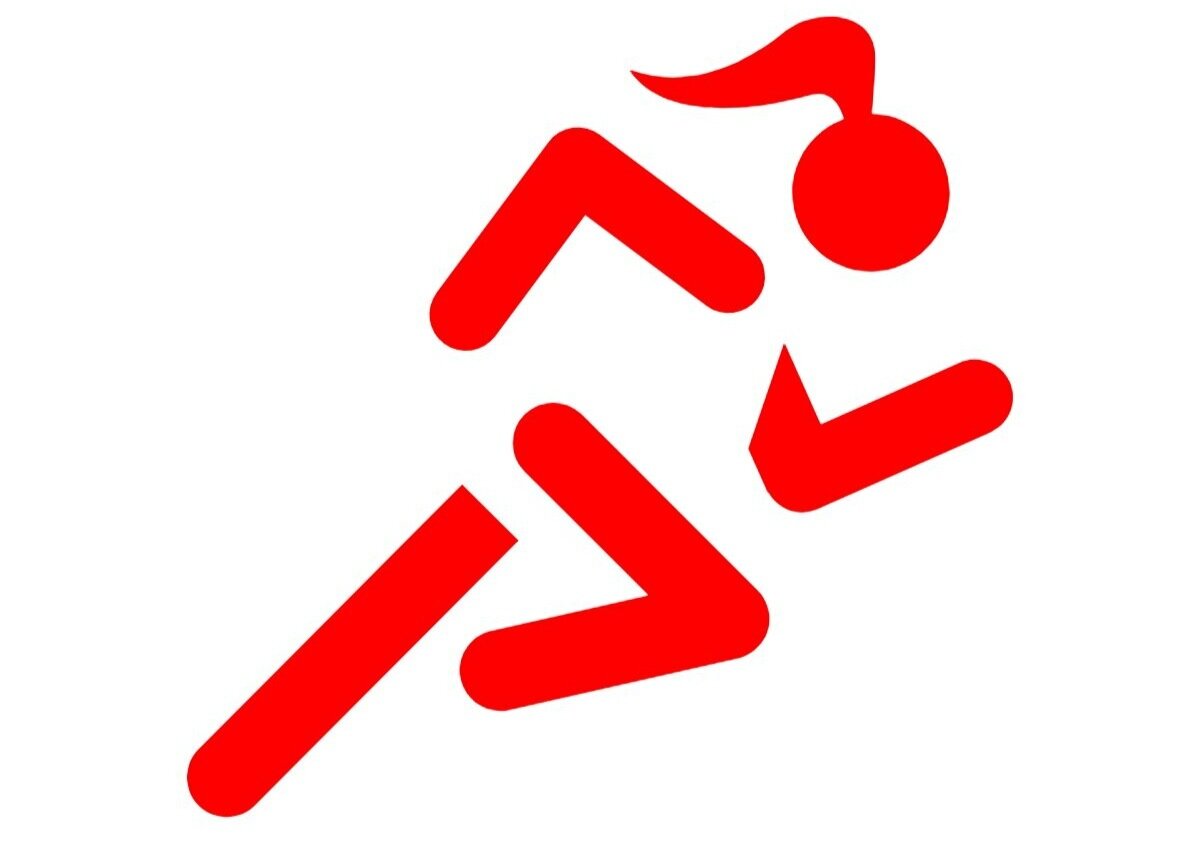Fascia
It continues to amaze me how much we are still discovering about the human body – how it works, how we can keep it healthy and what really goes on beneath the surface. A few years ago, considering fascia (the connective tissue between and around muscles, bones and nerves) as an important element of how the body moves would not have been the done thing. Connective tissue was recognised anatomically for the stabilising function of ligaments and for the functional role of tendons joining muscle to bone, but we now understand it has a far greater function and should be considered an organ in its own right.
So what exactly is fascia and why would you care about it? Connective tissue surrounds all our organs, including our muscles and bones. It is packed with nerves and sensors helping our body know where it is in space and has connections with the underlying structures - like muscles - that can be loose or tightly interwoven. Fascia gives us the space to move by holding our organs in place and transfers the neural messaging and forces that result in physical movement. Fascia enables our muscles to work.
As functioning humans we know that we need to keep our muscles in top form to prevent injury, but just as important is the connective tissue. Fascia is subject to similar stresses of muscle: it can be torn or cut and is subject to degeneration. It also reflects our common movement patterns and posture – creating a memory and holding that shape for good or bad.
So, to create an environment for efficient performance, it is important to look after your fascia (as well as your muscles). The best way to do this is by taking action yourself and working with a therapist who can advise and guide you on what to do, as well as provide physical therapy (like massage) to help reset things. This is applicable whether you’re feeling tension in your daily life, if you’re an active participant in sport or an elite athlete. Chronic stress, spending too long in one position or underlying injury can all cause fascia to become stuck.
Imagine fascia is like a plastic bag – if it gets scrunched up it tends to stay that way – you have to work quite hard to make it smooth again. Fascial manipulation through massage and stretching can return length to the connective tissue, giving muscles time and space to heal and re-adjust.
What can you do to help yourself? Keeping moving is the best way, but try to move in as many different ways as possible – don’t just move forward and backwards, include some twists and sideways movements into your routine. Also make sure that you are eating healthily and staying hydrated.
It’s important that we keep fascia in good condition. In every treatment we consider the whole body so we can help you get back to pain-free activity as soon as possible. You’ll be amazed as to the difference it can make.
For specific advice or to make an appointment, get in touch
